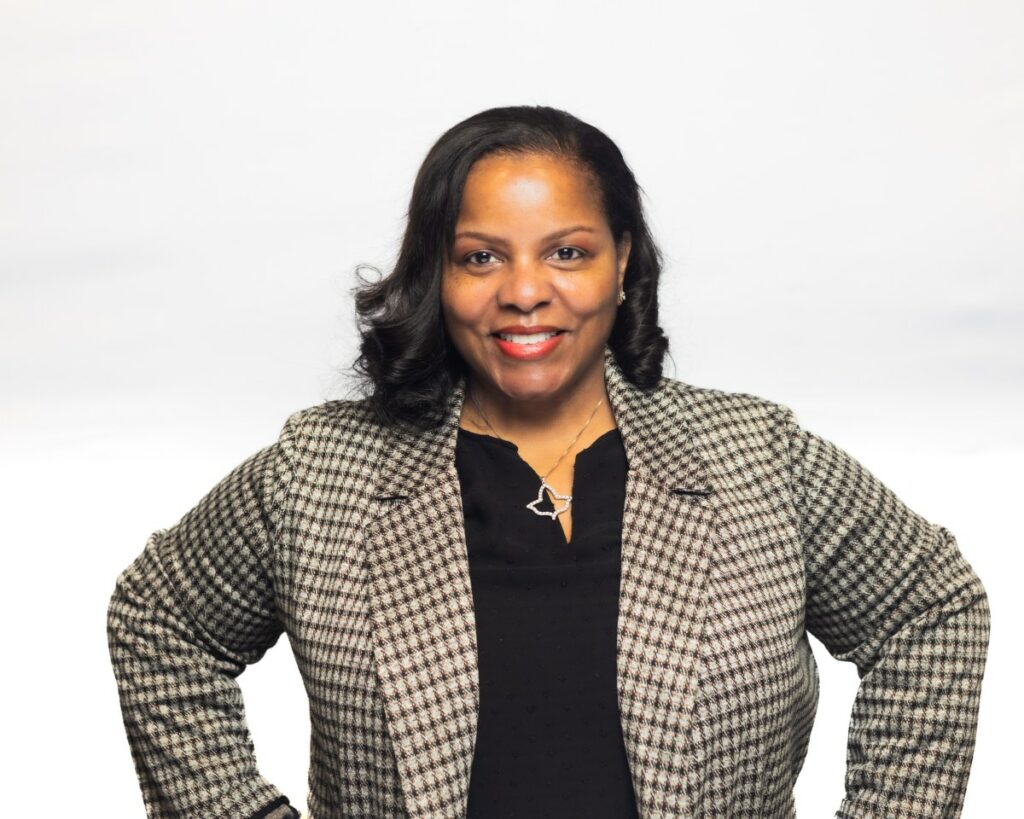When it comes to supplying electricity to large enterprises with multi-building campuses, the allocation system is archaic. Unlike homeowners, who pay for what they actually use, campuses buy a standard monthly capacity. This capacity must, by common-sense necessity, be based on max usage needs. This is true even if the company only consumes such max usage rarely, like a single busy season.
That was a situation that bothered the hell out of COI Energy founder and CEO, SaLisa Berrien. After earning her degree in mechanical engineering (and later an MBA), she spent 25 years as an energy engineer at major utility companies like PECO, ConEdison, and Exelon, as well as at a few clean energy startups.
Berrien chose this field because, as a child, there were times that her parents couldn’t pay their electric bill. “We were in the dark a lot. And as a kid, my self-esteem was low,” she told TechCrunch. Other kids who knew her situation teased her.
So when she got her degree and took a job with an electric company, “All my friends were like, ‘You’re crazy. That is a stagnated field. It’s a white, male-dominated, older-men field. Why are you doing this?’ And for me, it was personal, because I knew what it felt like being a kid,” she said. Berrien wanted to make electricity more efficient, more affordable, more available so no child ever went without.
She worked on customer operations, smart grids, clean energy programs.
“As an engineer, I would go in and make recommendations on how they could improve the energy performance of their buildings, how they can eliminate bottlenecks on production lines,” Berrien said.
She learned how to use big data to optimize energy efficiency. But no one was addressing the basic problem: Companies were reserving, and paying for, far more energy than they used.
Techcrunch event
San Francisco
|
October 27-29, 2025
Commercial customers continually asked her why they were being overcharged. “I agree,” she said. “Why can’t you just pay on demand for what you’re using?”
Berrien’s answer resulted in three patents (and counting) and founding COI Energy on that tech, assembling a team that includes building management, energy engineers, a former energy exec. She hired people skilled in everything from regulation to pricing.
COI’s solution is a marketplace where enterprises within the same utility company can sell some of their energy allotment when COI’s data predicts they won’t need it. COI is a Startup Battlefield Top 20 finalist and will be pitching its tech at TechCrunch Disrupt 2025, this week in San Francisco.
COI installs a patented energy gateway at every customer site to measure energy usage. It ties into the building’s systems as well SCADA systems. It is hardware-agnostic, meaning it can work with any existing utility or building energy system, Berrien said. After collecting data for a period, the platform predicts how much electricity a company will truly require. “We can predict out 90 days,” she said.
The enterprise can then determine how much of the unused energy it would like to release. COI pays the businesses for that capacity, and buyers on the marketplace pay COI to obtain it. “If a customer gives us 100 kilowatts, we will pay them for that 100 kilowatts, and then the buyers would buy that from us.”
COI is still in its pre-seed stage, having raised $3.5 million from investors like former Talen Energy exec Paul Farr, Morgan Stanley Inclusive and Sustainable Ventures, Kachuwa Impact Fund, Chloe Capital, and some crowdfunding on Republic.
The startup is, however, already generating revenue through five pilot customers, all of whom have a minimum of 50 buildings. It is operating in California, Florida, Massachusetts, and New York, and has a wait list. Plus, Berrien said, COI is in talks to be a solution provider to Switzerland as it enacts a national energy policy where businesses and homes can share capacity, starting in 2026.
Moreover — remembering her plight as a little girl — Berrien’s startup has dedicated 1% of the savings that the businesses earn on the platform to be donated to nonprofit organizations that help the underprivileged with their energy needs. These are organizations that help pay bills, provide weatherization, and offer energy programs like solar.
“We’re paying it forward with what we call Kilowatt for Good,” Berrien said.
Her goal is to offer tech that helps overwhelmed energy systems now. “Instead of wasting capacity, you’re sharing it. So we’re making the planet better. We’re making our bottom lines better. And then at the same time, we’re helping and uplifting our communities,” she said.
If you want to learn more about COI Energy from the company itself — while also checking out dozens of others, hearing their pitches, and listening to guest speakers on four different stages — join us at Disrupt, Monday to Wednesday, in San Francisco. Learn more here.



